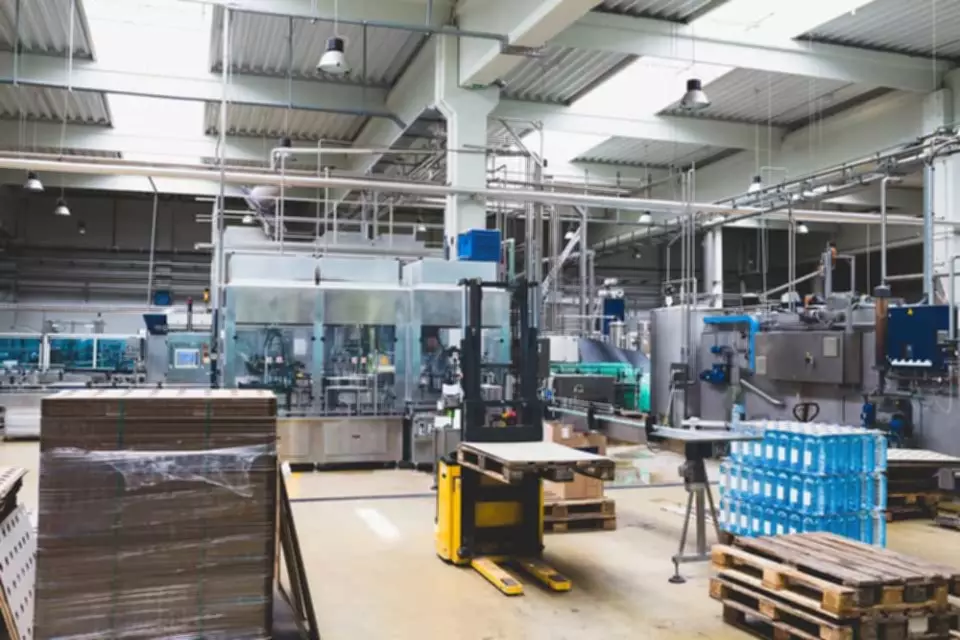Thông tin sản phẩm
Content

In order to achieve 100% accuracy, you’d need to itemize every factor in the production process. That said, it’s better to have some grip on your WIP inventory than none at all. Then you find that you have invested $225,000 in production costs for the quarter, and the total value of your finished goods is $215,000. Cost of goods sold is defined as the direct costs attributable to the production of the goods sold in a company. For example, suppose XYZ Roofing Company provides its residential clients’ bids for roof repair or replacement. Each roof is a different size and will require specific roofing equipment and a varying number of labor hours.
- This ending WIP inventory is listed as a current asset on your company’s current balance sheet.
- Therefore, all the factors that influence how effective your WIP management is – labor costs, production optimization, raw material costs, lead times – can be improved by choosing the right supplier.
- These 5 completed tables will be included in the finished goods inventory and ready to be sold.
- Any raw material inventory that has been combined with human labor but is not yet finished goods inventory is work in process inventory.
- You work with multiple suppliers to source materials then send them to a manufacturer to assemble your finished goods.
Because the bases can be used in different flavors of tarts, there is minimal risk of waste. The current WIP Inventory value is calculated by determining the cost of all these metrics. Some transactions that have already taken place and a new transaction for direct labor are summarized below. When additional machinery or facilities cannot be added to a fulfillment process to reduce WIP inventory, optimizing the on-site workforce your already have can be an effective substitute. Therefore, advice for optimizing your WIP inventory is similar to optimizing your supply chain as a whole. Confusingly, some sites list the terms as interchangeable, just used in different contexts.
What Type of Assets Are Raw Materials and Work in Progress?
WIP inventory changes depending on how customizable the products are, what costs go into the product, and how to calculate it correctly for accounting purposes. A piece of inventory becomes labeled as work-in-progress when raw material combines with human labor. When the product is finalized, it switches from WIP to being categorized as a finished product. Finally, when the product is sold, it moves from a form of inventor to cost of goods sold on the balance sheet. Any raw material inventory that humans have worked on but is not yet considered a finished good is a work-in-process inventory. You can think of WIP inventory as all inventory that has not yet reached the finished product inventory but is not raw materials. Work in process inventory is a term for unfinished products waiting to be completed.
As a current asset, WIP is a taxable entity, and underestimating or inaccurate accounting can result in hefty fines. The opposite is also a danger as overestimating can make manufacturers responsible for higher taxes when they aren’t required. As materials move from the warehouse to the production floor, labor is accrued at every move.
Work in process inventory: a detailed Guide
However, a major hurdle that needs to be overcome is to determine appropriate levels in line with demand. Use of a predictive performance format in reporting aids to make these decisions. Getting the cost of WIP inventory value is much more complex than just calculating the value of finished goods. As such, before you calculate your business’ current WIP inventory, you want to know these metrics. It’s the process that determines how quickly a company can produce and deliver its products to the customers.
What are the 4 types of inventory?
The four types of inventory most commonly used are Raw Materials, Work-In-Process (WIP), Finished Goods, and Maintenance, Repair, and Overhaul (MRO). You can practice better inventory control and smarter inventory management when you know the type of inventory you have.
Projected costs for finishing the goods are not included as they will be listed under the “Expense” line of the next cash flow statement. Once the Work in Process is calculated, valued, and listed in the Operating Activities line of the cash flow statement as a Current Asset, the WIP is now considered an asset within the company. Any raw material inventory that has been combined with human labor but is not yet finished goods inventory is work in process inventory. Think everything after raw material inventory and before finished product inventory. It’s all the production costs incurred for all partially-completed goods.
WIP inventory in accounting
As you may have guessed, it is a difficult number to report accurately because it is a percentage of the total cost of completing an asset of inventory. WIP inventory is time-consuming, but only some of the time will factor into the WIP costs. This applies to your business if you receive a product that must be assembled from separate parts, customize products to order, and more. This inventory cycle repeats itself over and over during the year for manufacturers. Raw materials are converted to https://www.bookstime.com/ and then converted to finished goods. After the work in process inventory has completely been manufactured, it can be sold to a customer as a finished good and is no longer considered a work in process.
- All your products, customers, orders and transactions synced and secure in the cloud.
- Your total manufacturing costs to sell finished goods must take WIP inventory into account, not only for proper business management but also to keep accurate records.
- WIP is calculated as a sum of WIP inventory, total direct labor costs, and allocated overhead costs.
- There is a risk of inventory becoming outdated, especially when the WIP inventory is more than what the market could demand, especially for companies dealing with seasonal goods.
- Demand forecast of their fulfillment process and their WIP inventory.
Work in process is generally used for unfinished products that will be turned into finished products soon. Apart from this, calculating work in process expenses is one of the important tasks for financial management. While recording the inventory in the financial balance sheet, work in progress inventory is mentioned as assets. Another important factor in keeping WIP inventory low is accurate inventory cycle counts enabled by an integrated Warehouse Management System . Having accurate, real-time inventory counts enables for more accurate forecasting to make communicating with suppliers and freight forwarders easier and more efficient.
Frequently Asked Questions About Work In Process Inventory
For the majority of manufacturers, WIP inventory is the raw materials plus labor and production overhead. For more complex operations—like big constructions projects—it can include wages, subcontractor costs, and more.

However, for the company that received raw materials like wood, plastics, and bristles to create the hairbrushes, there is a WIP inventory cost. They may calculate it in the cost of the labor required to assemble the hairbrushes, the operation of the machinery required, and more. Then, on the closing day of the month, the work in process inventory company was accounting for the availability of widgets in its inventory and saw that it had only 10,000 widgets. These partially completed widgets were recorded as work in process widgets on the left-hand side of the balance sheet . The purpose of the WIP is to figure out the production cost at each stage of the process.










 0922-03-5678
0922-03-5678



